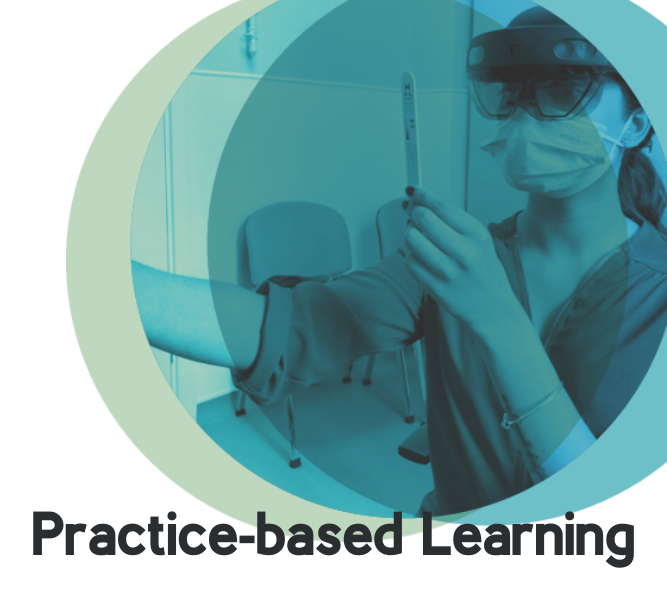
Practice-based Learning (PBL) is a vital component of every learner’s development, offering them the chance to consolidate everything they have learnt.
PBL, commonly referred to as a clinical placement, it the period of study and activities undertaken by learners as a formal element of their Orthoptic pre-registration training whilst in the clinical environment. This allows learners to apply and practise their newly acquired knowledge and skills in a safe environment.
Why do we need Practice-based Learning?
Practice-based Learning involves a range of opportunities for learner development. Learners apply and consolidate their learning, bringing together academic theory and workplace practice to develop the skills and competencies needed to register. Learners apply their academic knowledge to clinical orthoptics but also to general ophthalmology and optometric-related investigations and departmental organisation.
What should PBL look like?
Practice-based Learning should reflect the breadth of knowledge, skills, values and behaviours defined in the curriculum. The Orthoptic Curriculum Framework does not stipulate precise hours or timing of practice placement, but clinical experience is essential throughout the programme to consolidate clinical skills in the practice setting and to develop decision-making and autonomous thinking skills in a safe, supported and supervised environment.
The Framework states that PBL “also offers opportunities for learners to experience a range of practice … the design of practice-based education should ensure holistic and equitable training opportunities for each learner.” Innovations, such as the Placement Expansion Resource Library (PERL), can now be used by HEIs to supplement clinical placements with simulated PBL.










